Search
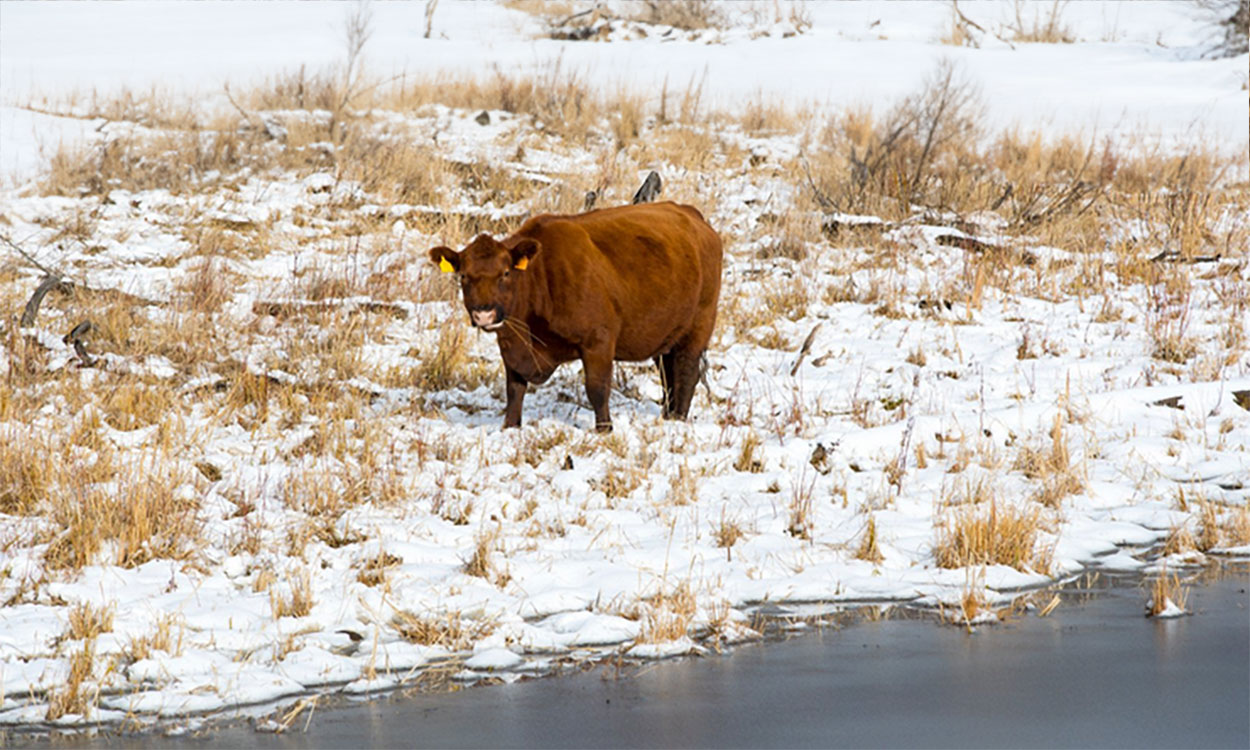
Icebreakers: Winter Water Supply
Cold weather creates a challenge for producers who house their herds in areas where there are limited water resources and available natural water sources may be frozen over.
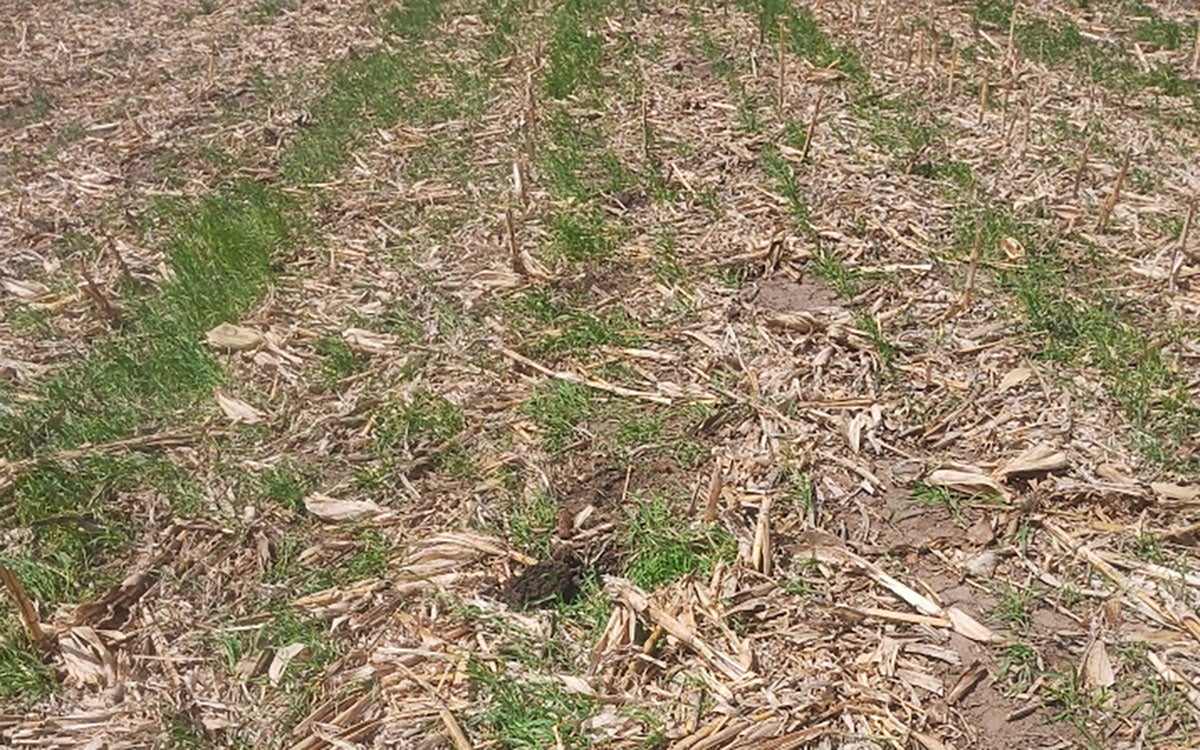
Effects of Different Cereal Rye and Winter Camelina Seeding Rates on Biomass Production and Soil Properties When Broadcast Seeded
Benefits to soil health generally increase as cover crop biomass production increases. Recent research sought to determine how the seeding rate of two cover crop species and mixtures affected biomass production and some soil health indicators.
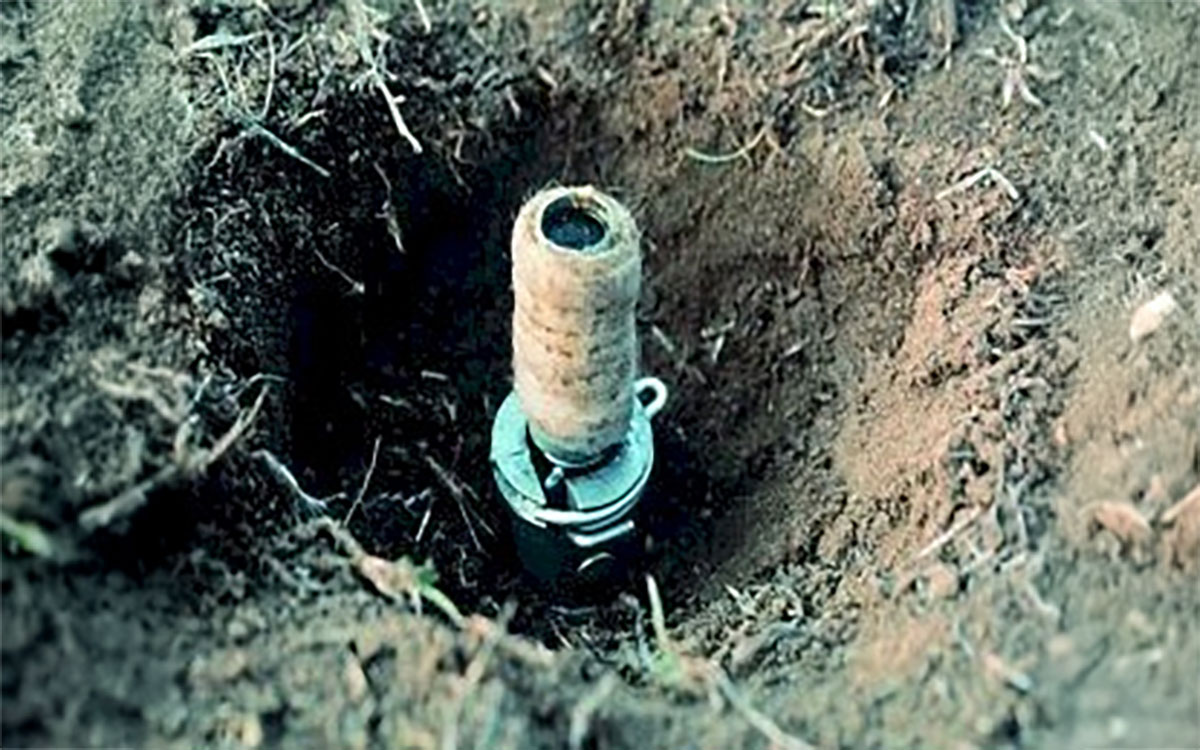
Private Applicator Endorsements for M-44 Devices, Fumigants, and Aerial Applications
Recent changes to South Dakota private applicator pesticide regulations have impacted the requirements to use M-44 predator-control devices, fumigants, and to apply pesticides from aerial vehicles.
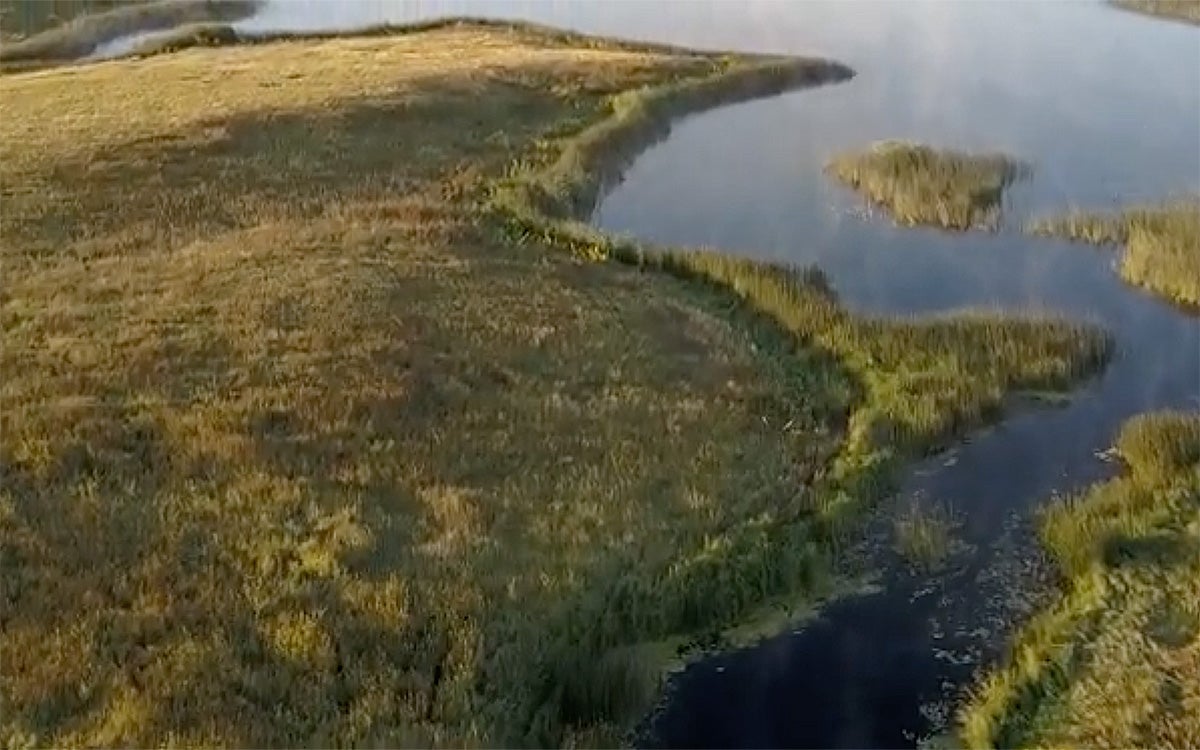
Prairie Pothole Wetlands: Small Basins, Big Impact
The benefits of prairie wetlands extend far beyond wildlife. These wetlands filter pollutants and excess nutrients from agricultural and urban runoff, trap sediment, recharge groundwater, and store floodwater.

The Importance of Fish for Native Freshwater Mussel Reproduction
To reproduce, freshwater mussels rely on fish to carry their young into new areas and disperse them when they are old enough. By conserving suitable fish habitat, it also allows us to indirectly conserve mussels by providing necessary resources for mussels to reproduce.
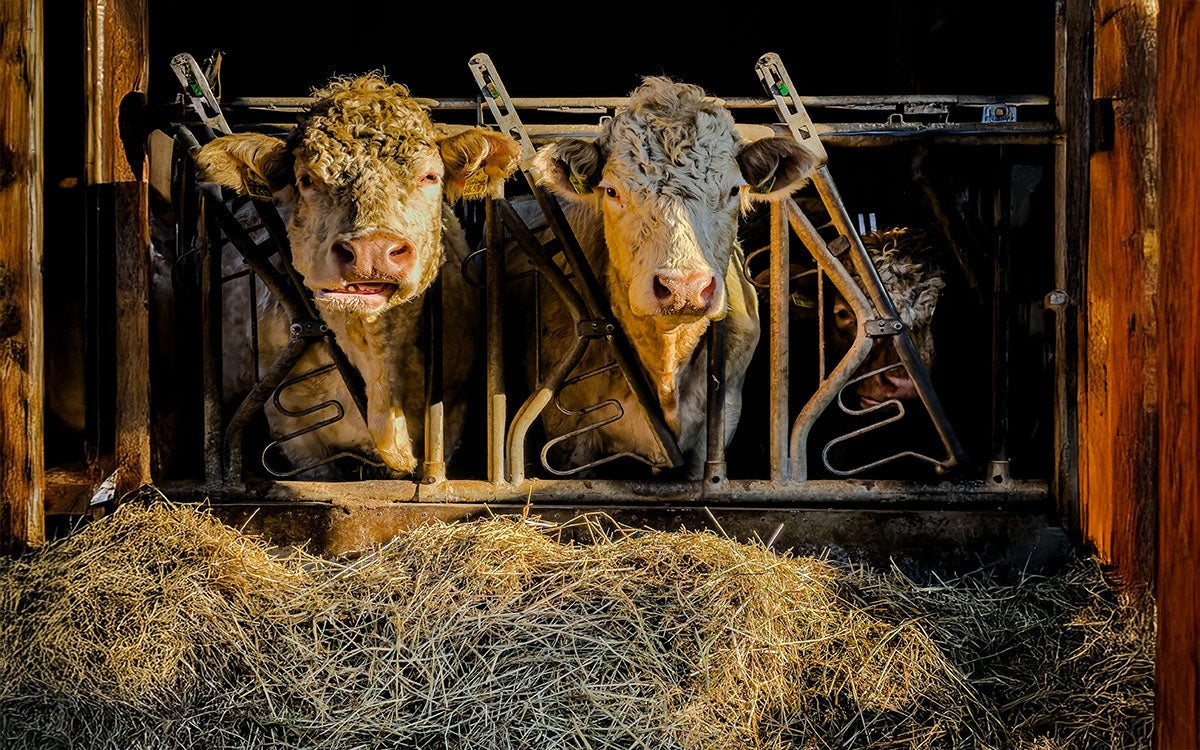
Feed Management for Efficient U.S. Livestock Systems: Introducing the National Animal Nutrition Program’s Feed Management Committee
The National Animal Nutrition Program’s Feed Management Committee brings together experts in animal science, nutrition, and natural resource management to increase awareness and use of livestock feeding management and to address conservation needs.
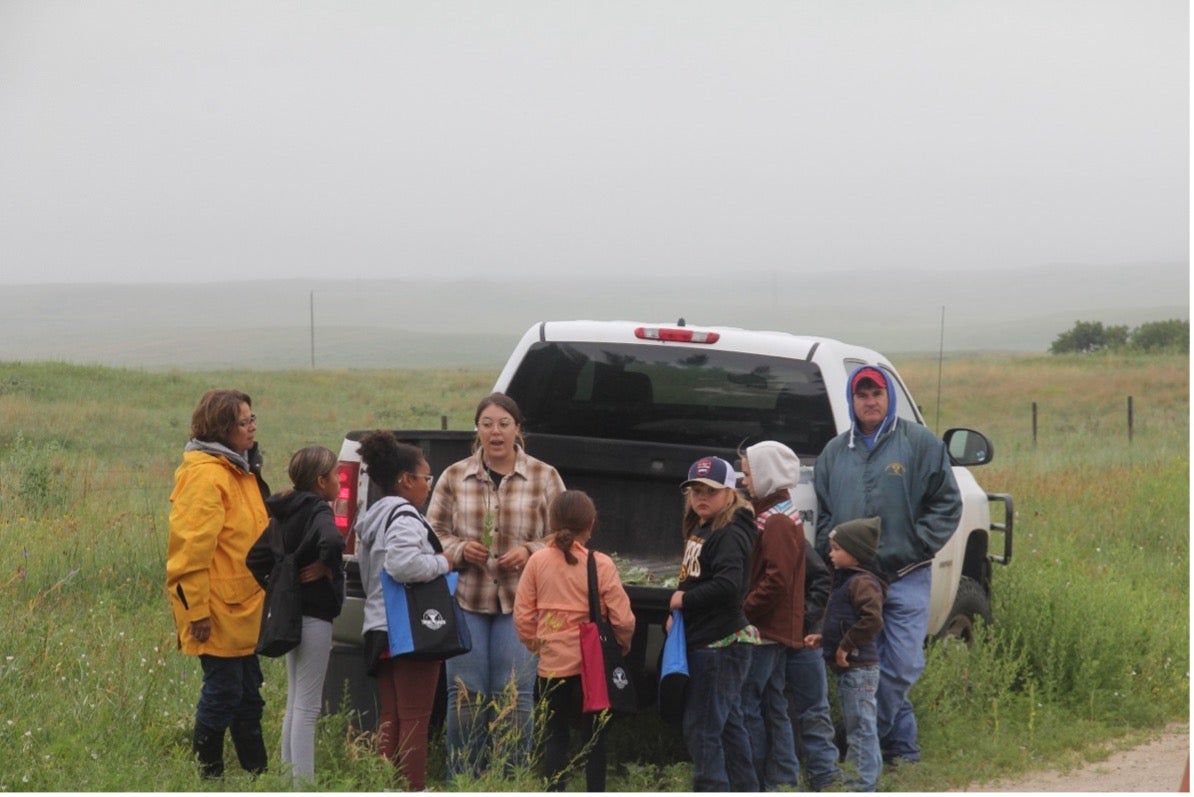
SDSU Extension range workshop offers unique educational opportunity in Rosebud
September 02, 2025
The eighth annual Rosebud Range Workshop, led by South Dakota State University Extension and partners, was held on July 16, 2025, at the Rosebud Sioux Tribal Ranch and provided participants a unique opportunity to learn about rangelands.
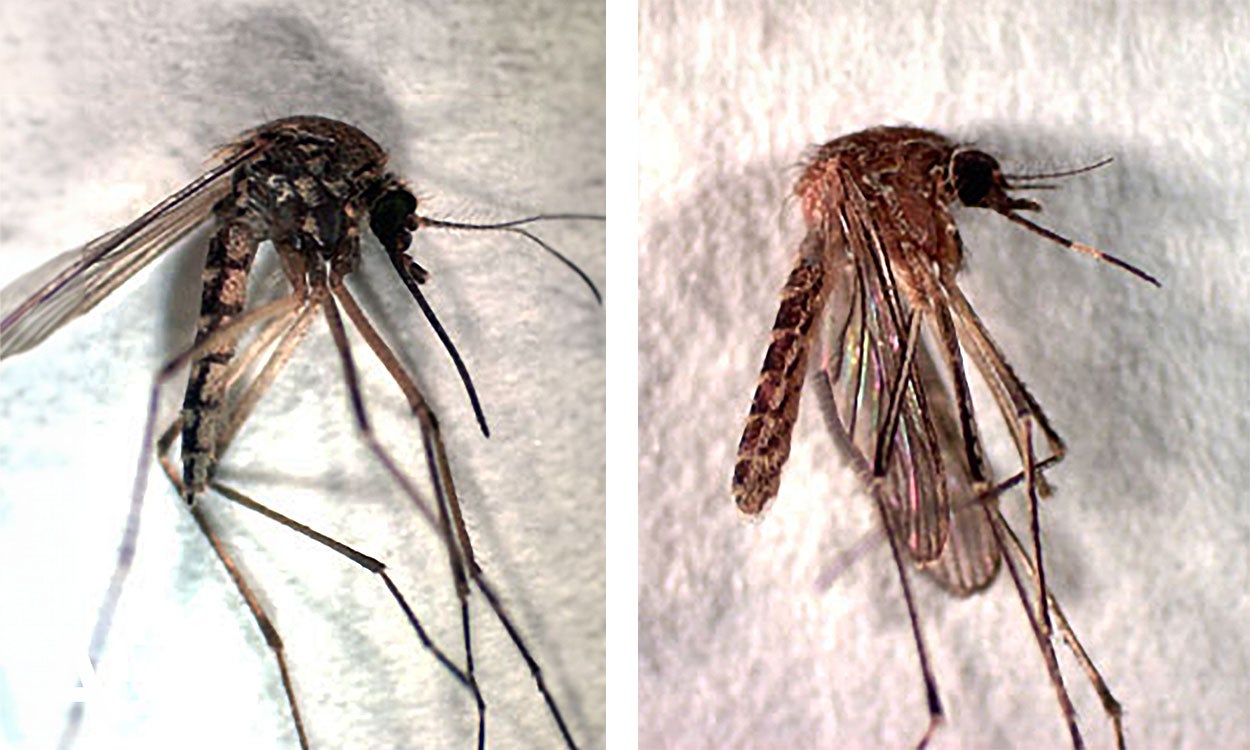
Mosquitos to Watch for in South Dakota
After many areas in South Dakota experienced heavy rainfalls, mosquitos are now a major issue. Learn which species are most common throughout the state and which carry the highest risk for West Nile Virus.
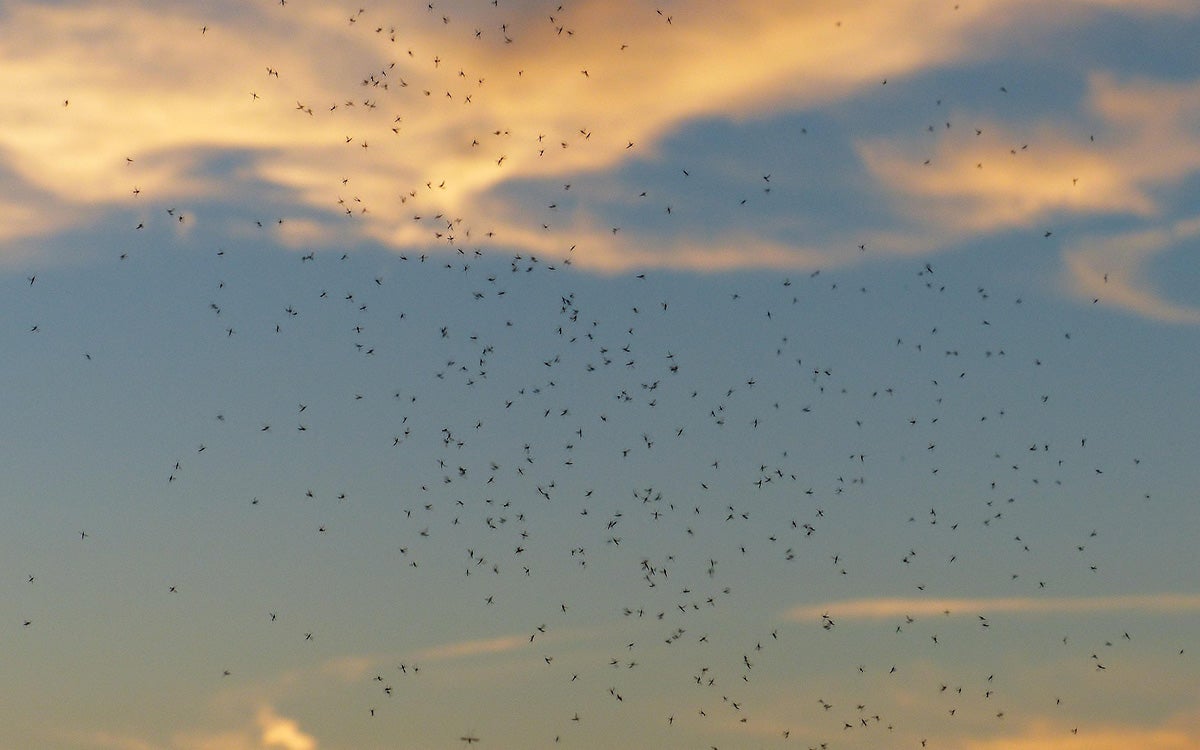
West Nile Virus Update: September 3, 2025
As of August, the South Dakota Department of Health indicated that West Nile Virus positive mosquito pools have been detected in Beadle, Brookings, Brown, Codington, Hughes, Lincoln, and Minnehaha counties.
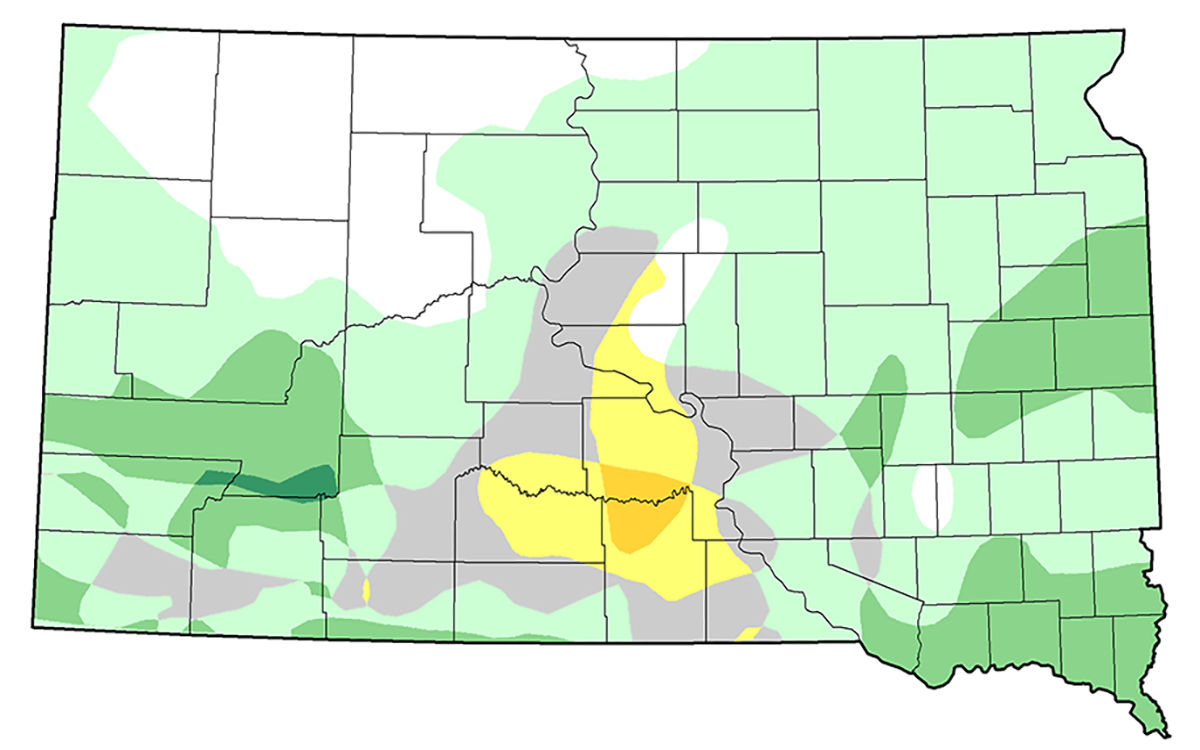
Summer 2025 Climate Review and September Outlook
A record wet August in several locations marked the end of South Dakota’s meteorological summer. One challenge coming this fall will be determining how quickly field and crop conditions dry down to allow harvest activities to progress.